Building strength isn’t just about lifting weights—it’s also about fueling your body with the right nutrients consistently. For many, the biggest hurdle isn’t motivation or access to a gym, but the time and complexity of preparing nutritious meals. That’s where weekly meal prep comes in. With a few simple tools and a strategic plan, you can set yourself up for muscle growth and recovery—no fancy kitchen gadgets required.
Strength training increases your body’s demand for protein, complex carbohydrates, and healthy fats. Without proper nutrition, your progress can stall, recovery may slow, and energy levels can dip. Weekly meal prep ensures you have balanced, nutrient-dense meals ready when hunger strikes—reducing the temptation to reach for processed or convenience foods.
The good news? You don’t need a fully stocked kitchen or high-end appliances. With just a few essential tools, you can prepare a week’s worth of strength-supporting meals efficiently.
You can get started with just:
These basics allow you to chop, sauté, bake, and portion meals with ease. A blender or food processor is helpful but not essential—mashed beans or finely chopped veggies can replace smooth purees.
To support muscle growth and recovery, aim for these daily targets (adjust based on your body weight, activity level, and goals):
Here’s a simple, repeatable structure using affordable, accessible ingredients:
Portion into 5–7 containers. Mix and match throughout the week.
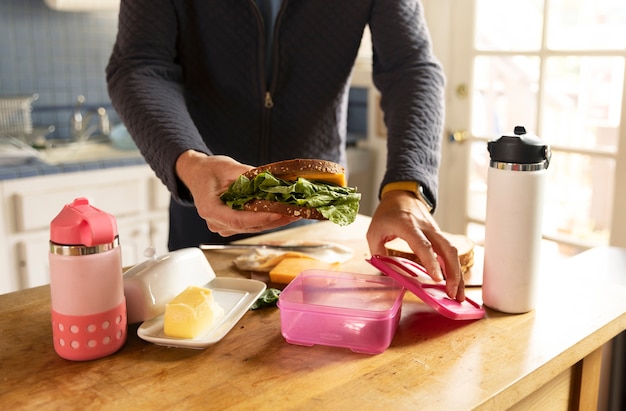
Safe food handling is crucial, especially when prepping meals in advance:
Building strength is a long-term commitment that extends beyond the gym. Weekly meal prep with minimal equipment empowers you to stay consistent, save time, and fuel your body effectively. By setting clear nutrition targets, using simple tools, and following safe practices, you can create a sustainable routine that supports your fitness goals—without the stress or clutter.
Start small, stay consistent, and let your meals work as hard as you do.

Fitness

Fitness

Fitness

Fitness
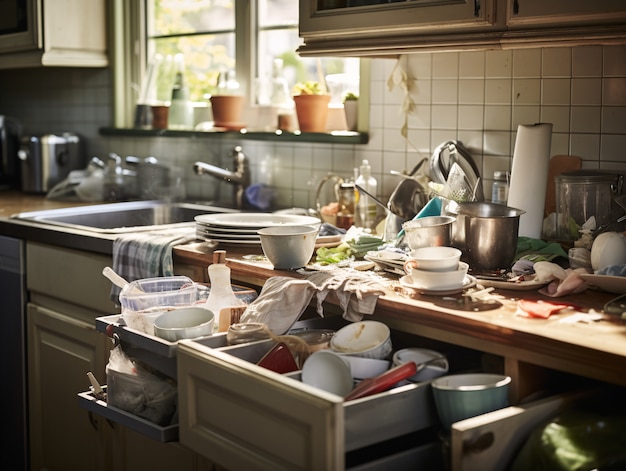
Health

Wellness
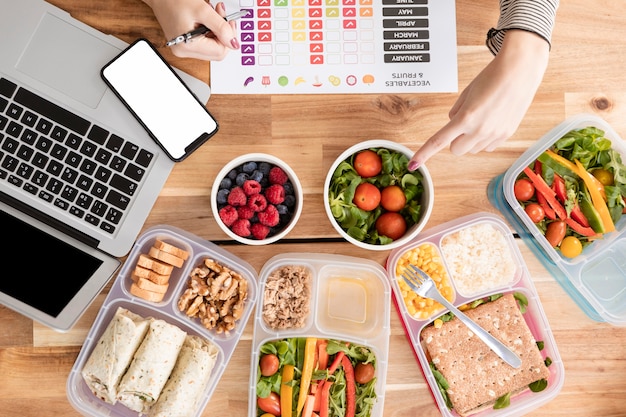
Wellness
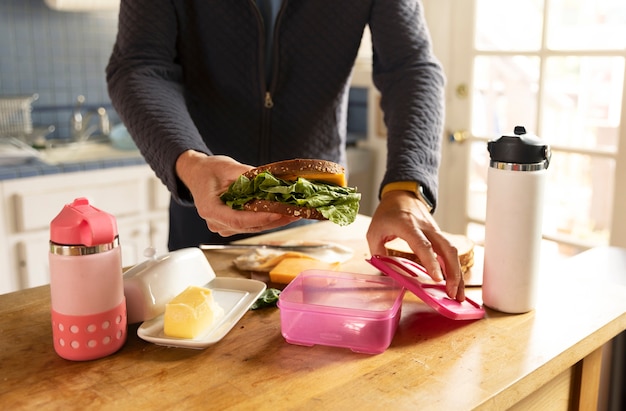
Fitness
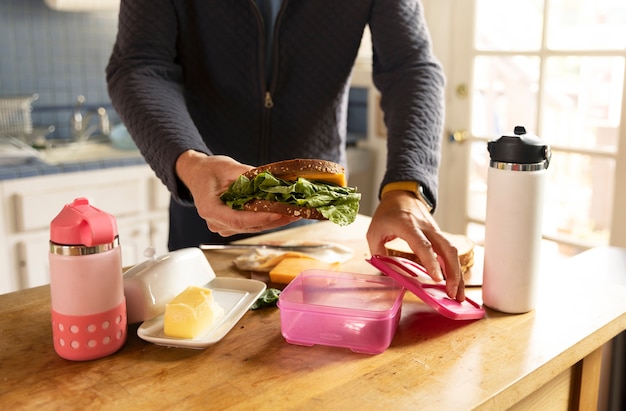
Wellness
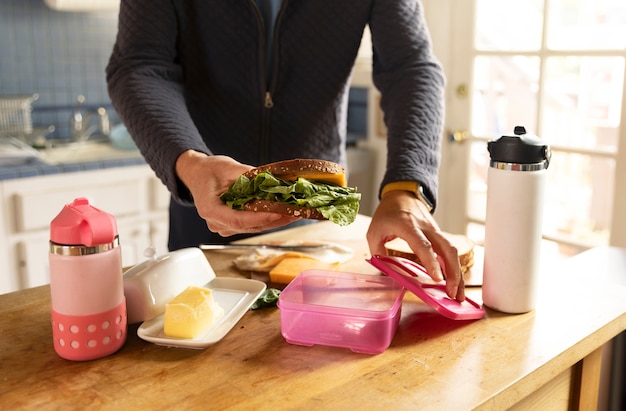
Wellness
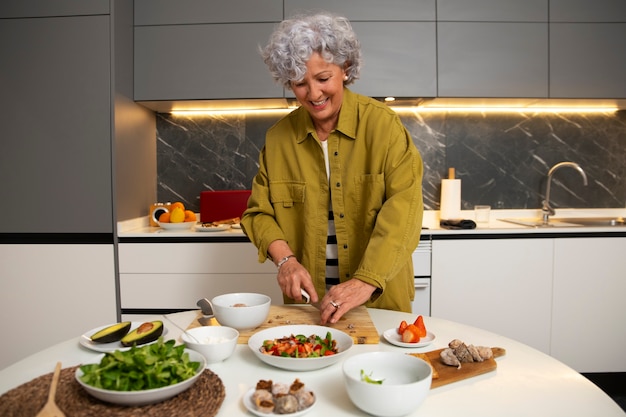
Health
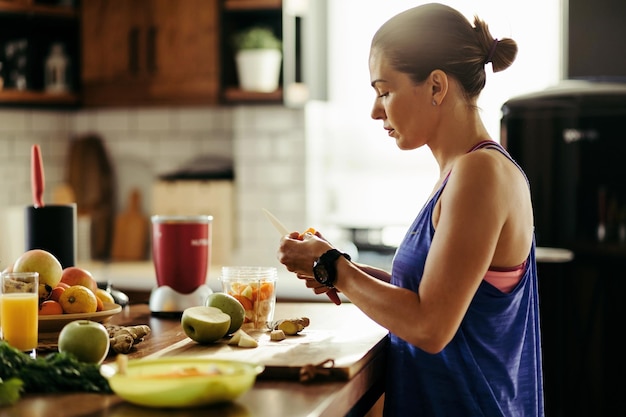
Wellness

Health

Fitness

Health

Health